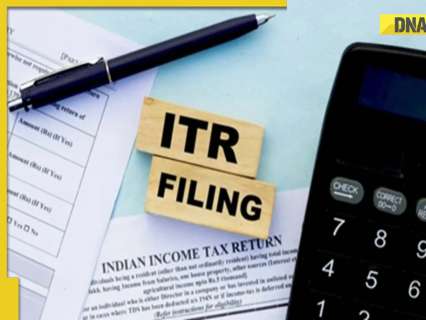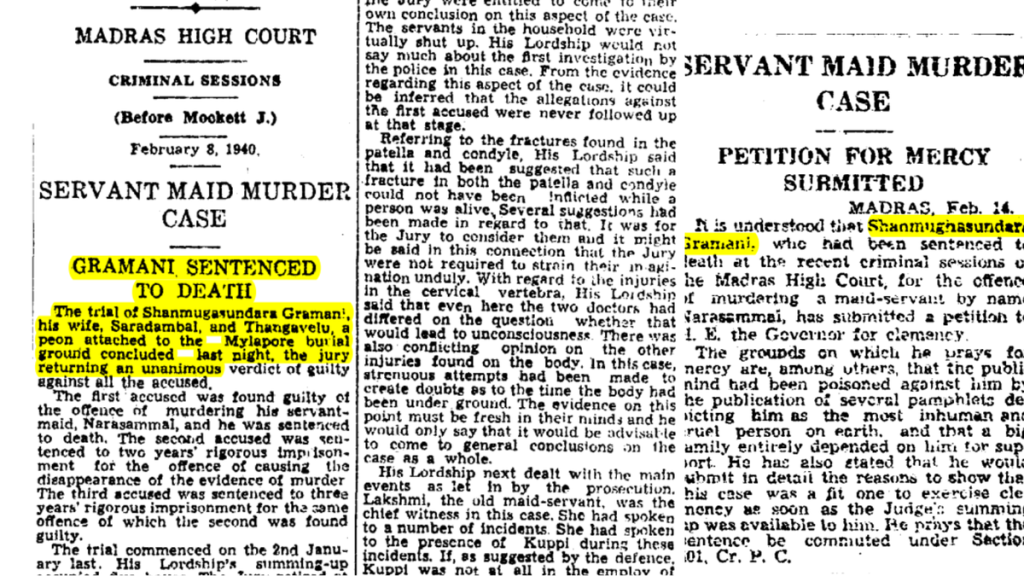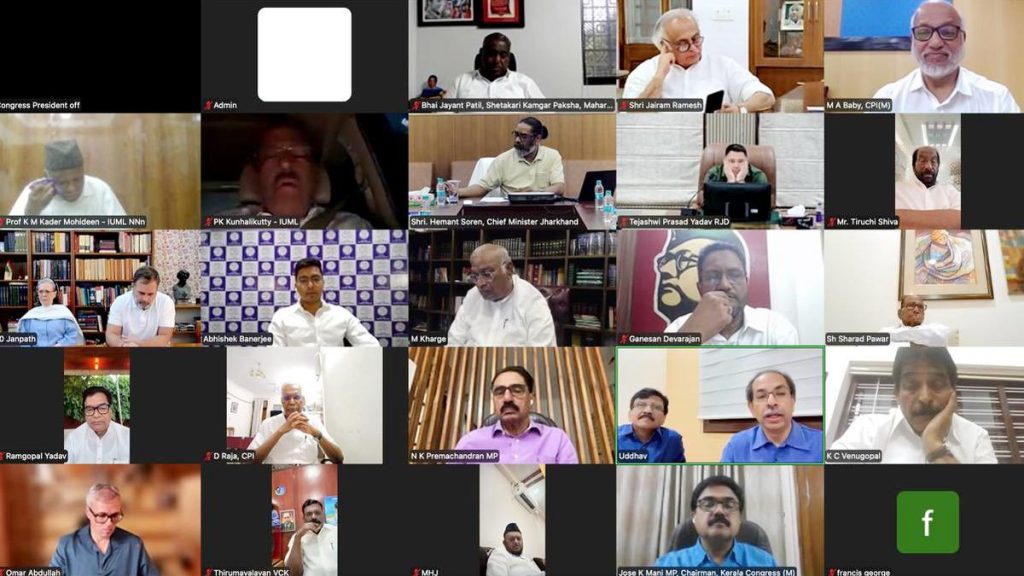Now Reading: ITR Filing AY 2025-26: Claiming HRA and Home Loan Deductions Explained for Old & New Tax Regimes
-
01
ITR Filing AY 2025-26: Claiming HRA and Home Loan Deductions Explained for Old & New Tax Regimes
ITR Filing AY 2025-26: Claiming HRA and Home Loan Deductions Explained for Old & New Tax Regimes

Speedy Summary
- Dual Deductions: Salaried taxpayers can legally claim deductions for both House rent Allowance (HRA) and home loan interest under specific conditions:
– Owning a house in one city while living on rent in another due to work.
– Living on rent because teh owned house is far from the workplace, with traffic or distance as valid reasons.
– Renting out your owned property while living in a rented home.
- Required Documentation:
– For HRA: Rent receipt, rent agreement, and landlord’s PAN (if annual rent exceeds Rs. 1 lakh).
– For Home Loan Interest: Loan statement detailing interest/principal, sale deed, and possession certificate.
- Tax Benefit Sections:
– HRA under Section 10(13A) – Persistent by salary-to-rent ratio.
– Home Loan Interest for self-occupied property under Section 24(b) – Up to Rs. 2 lakh.
– Principal repayment of home loans under Section 80C – Up to Rs.1.5 lakh.
- Tax Regimes:
– Old Tax Regime: Both HRA and deductions for self-occupied/let-out properties can be claimed along with exemptions per Section rules.
– New Tax Regime: No deductions for HRA or self-occupied property but allows exemptions for let-out property’s home loan interest.
Indian Opinion Analysis
The adaptability of claiming both HRA and home loan deductions offers relief to salaried taxpayers juggling rental expenses alongside housing investments. The documentation requirements ensure clarity but may require meticulous recordkeeping from individuals aiming to maximize tax benefits. The distinction between old and new tax regimes highlights shifting priorities-possibly placing increased emphasis on simplicity over broader tax-saving opportunities in the new system.
From a policy perspective, this dual-benefit scenario encourages investment-driven behaviors like renting out properties while supporting professionals who face logistical challenges such as relocating cities or surpassing urban commuting limits. however, navigating these provisions demands awareness of compliance requirements underscored by the government’s structured guidelines across specific sections under applicable laws.
for further clarity about filing ITR AY2025-2026 amid changing regulations between regimes, refer here.

























